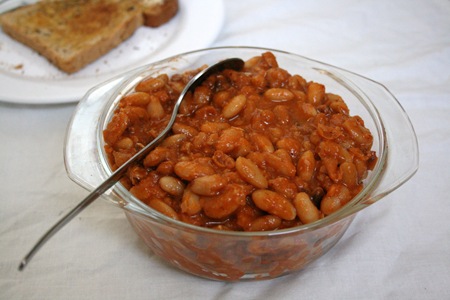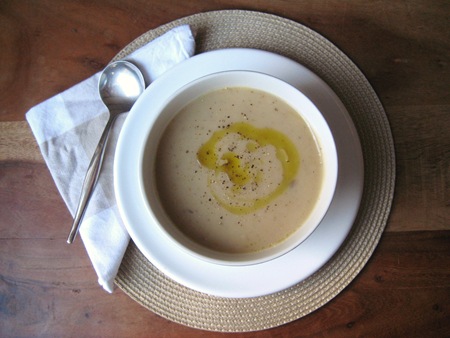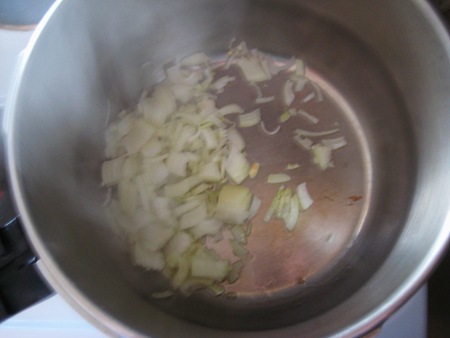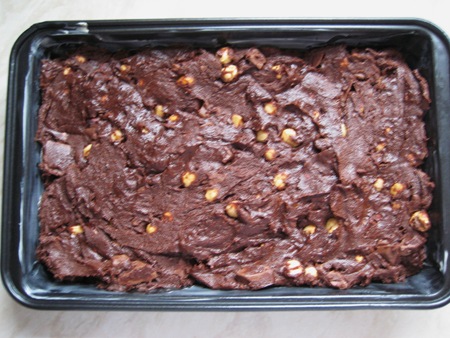



There are times when I find or re-find the verses that confirm references to things in the Bible that I know and hear from being in church and talking to Christian friends. When that happens, I always feel a sense of wow-ness. That is how I felt a couple of weeks ago when I came across this passage:
“And if a man has committed a crime punishable by death and he is put to death, and you hang him on a tree, his body shall not remain all night on the tree, but you shall bury him the same day, for a hanged man is cursed by God.” (Deuteronomy 21: 22-23a, ESV).
Although these verses aren’t directly talking about Jesus’ crucifixion, for me they brought home anew what Jesus’ crucifixion means for me in real terms. These few verses talk about death by hanging on a tree as being so bad that it is cursed by God. Jesus’ crucifixion, in which He took on the punishment for my wrongdoing, my sin, and of the sin of all mankind, shows that God takes wrongdoing, or sin, so seriously that the just punishment - hanging on a tree - is one described as cursed by Him. But it also shows that God has such love, grace and mercy that instead of making me undergo that punishment, He willingly took it on Himself. What an amazing thought as we head towards Easter, a time to remember Jesus’ death and celebrate His resurrection.
“He (Jesus) himself bore our sins in his body on the tree, that we might die to sin and live to righteousness. By his wounds you have been healed.” (1 Peter 2: 24, ESV).
Although the days are gloriously spring-like at the moment, there are still evenings when I find a bit of winter comfort food, well, comforting. Warm soups, stews and casseroles are still very much on my menu, although occasionally I adorn them with a side salad as a nod to spring. I tend to be quite conservative with my soup making, just sticking to flavour combinations that I know and love (that would be any that involve ham…). However, occasionally, the mood for variation strikes me. This is my second attempt at a soup in which garlic takes a starring role. The first attempt was in my pre-blogging days and I only made it once, despite that fact that it was tasty - probably something to do with all the garlic that it involved and fear of having to be around other people in the week after eating it! Since making that first garlic soup, I have discovered the deliciousness that is roasted garlic (such as in these roasted garlic bread sticks) and so, instead of just garlic and potato soup, this is roasted garlic and potato soup (well really roasted garlic and roasted potato soup, but that is a bit of a mouthful). This is very much a some, some and some recipe – although I give a list of ingredients, you’ll need to use your discretion with how much of each to use as I just used some of each as felt right. The cup measurement for the potatoes (before the enthusiasm for precision came to a rapid halt) was based on a 250 ml mug as equal to one cup. The basic soup below can be jazzed up by adding sour cream, milk or cream in place of some of the stock and by liberally sprinkling the soup with bacon, fried onions or spring onions and cooked mushrooms (as we did the second day we ate this soup…).

What you’ll need:
1 bulb garlic
7-8 cups of cubed potatoes (mine were about 1 inch cubes)
Olive oil
Salt
1-2 onions
Few litres of vegetable stock
Pepper
Dried thyme
What to do:
1. Pre-heat the oven to gas mark 5 (190º C or 375º F).
1. Toss the cubed potatoes in a liberal amount of olive oil and salt and the spread in a single layer in a roasting tin.
2. Toss the garlic bulb in (yet more) olive oil and then pop into the corner of the roasting tin with the potatoes.
3. Roast the potatoes and the garlic in the middle of the pre-heated oven for about 40 minutes, until the garlic is cooked and squishy to the touch. At this point, remove the garlic from the tin and put to one side, stir the potatoes around to make sure they cook evenly and pop the potatoes back into the middle of the pre-heated oven until they are done (about another 40 minutes, or longer if you want them really crisp and caramelised on the outside, but I was too impatient to wait for that).
4. Remove the potatoes from the oven when they are fully roasted and set to one side.
5. Dice the onion(s) and then fry them in a little bit more olive oil in a large pot until they are soft.
 (Unfortunately, steam got in the way a bit in this photo – a recurring problem as you’ll see below…)
(Unfortunately, steam got in the way a bit in this photo – a recurring problem as you’ll see below…)
6. Cut the bottom (the bit with the fuzzy bits) off the bulb of garlic and squeeze the cooked garlic out of the bulb into the pot with the onions.
7. Add the potatoes to the pot and pour over the potatoes enough stock to cover them generously. Sprinkle pepper, thyme and (if you want to) more salt into the pot and put it back onto the heat.
8. Bring the stock in the pot to the boil and simmer for about 20 minutes.
9. Remove the pan from the heat and blitz the potatoes, onions and garlic into the stock with a blender until it all reaches a smooth consistency.
10. Add more hot stock to the pan until the soup reaches your preferred consistency and then adjust the seasoning with more salt, pepper and thyme to taste. At this point you could leave the soup to one side and just heat it up when you’re ready to serve.
11. When you’re ready to serve the soup, or straightaway if you’re hungry, put the pan of soup back on the stove to heat through thoroughly. Very good with fresh, warm bread on the side.
Watching a load of cookery shows the week before last appears to have had one primary effect on me – it lead to me thinking and dreaming about recipe ideas all last week. Primarily ones that involve chocolate. One of the ultimate chocolate baked goods for me is the brownie, and I am periodically gripped by a desire to search for my as-yet-unattained perfect brownie paradise (for another attempt, click here). When I was growing up my Mum would occasionally put macadamia nuts in the brownies she made – something I loved – and I think my brownie perfection would ideally need to include that key ingredient, which this recipe does not. But, if I have to, I’ll accept hazelnuts and chocolate chunks as a second-best substitute for macadamias…especially when the recipe basically involves everything being chucked in the bowl and whisked together (oh and a bit of butter melting). Brownie deliciousness in just over half an hour is always a good thing!
All the cup ingredients below are based on a 250 ml mug as equal to 1 cup, and I baked this in a tin measuring about 7 inches by 11 inches.
What you’ll need
1/2 cup butter
1 cup self-raising flour
Pinch salt
1 1/2 cups light brown sugar
1/2 cup cocoa powder
100 grams chocolate, roughly chopped
1 cup hazelnuts
2 eggs
1-2 teaspoons vanilla extract
What to do:
1. Pre-heat the oven to gas mark 5 (190º C or 375º F).
2. Melt the butter in a pan over a low heat and then set aside to cool slightly.
3. Sift the flour, salt, sugar and cocoa powder into a bowl, add the chocolate and hazelnuts, and then mix everything in the bowl together thoroughly.
4. Break the eggs into another bowl and add the vanilla extract to the eggs before whisking the eggs and vanilla together thoroughly.
5. Add the melted butter and beaten eggs to the bowl with the flour, salt, sugar, cocoa powder, chocolate and hazelnuts and mix everything together thoroughly with the whisk. If the butter is still warm, pour the beaten eggs into the opposite side of the bowl to the butter before mixing to avoid any egg cooking in the hot butter.
6. Pour the brownie mixture into a greased baking tray and bake in the middle of the pre-heated oven for 20-25 minutes.
 (This photo comes with many apologies for the poor focus – unfortunately it was the only one I took of this step…)
(This photo comes with many apologies for the poor focus – unfortunately it was the only one I took of this step…)
7. When done, remove the brownies from the oven and devour them warm straight from the pan, preferably with ice cream or cream leave to cool in the pan for a few minutes before slicing and removing from the pan to finish cooling on a cool rack.